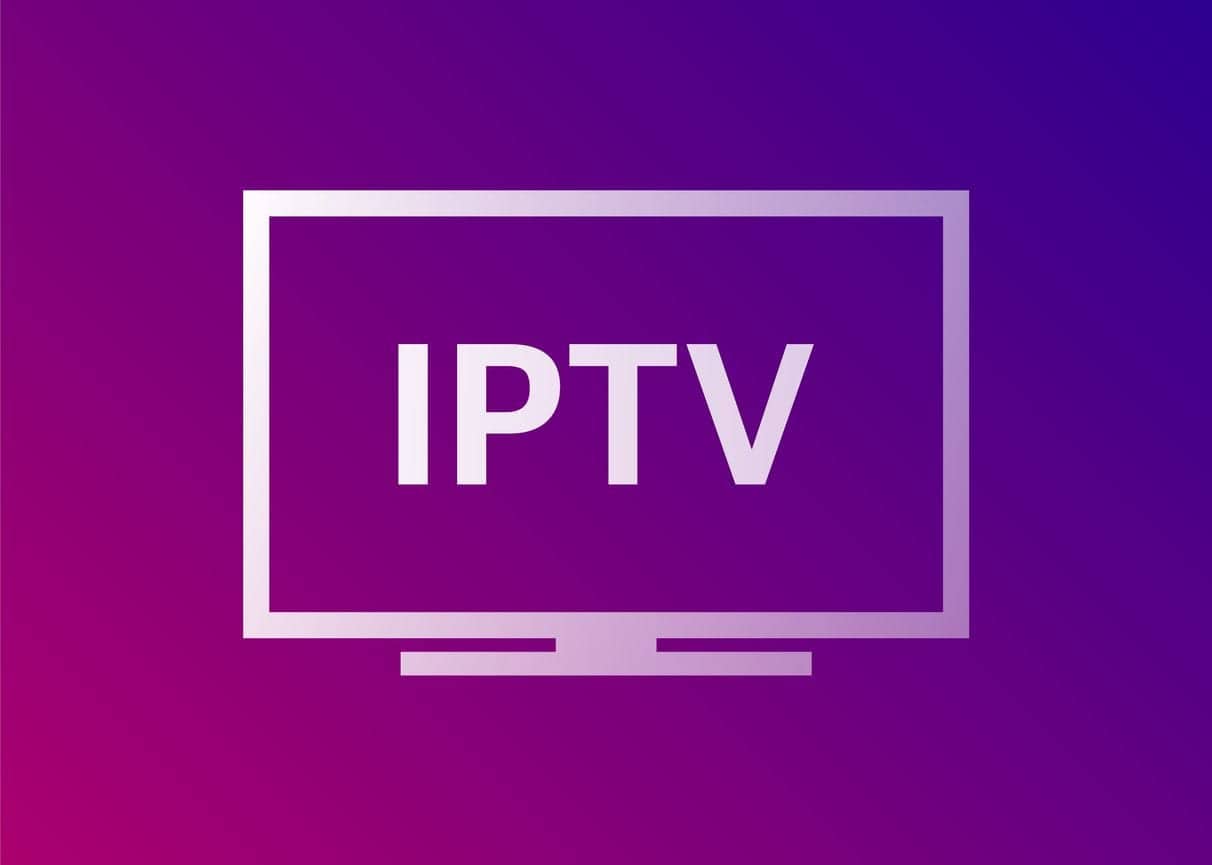Streamlining the Future: How IPTV is Revolutionizing Our Viewing Experience
In recent years, the landscape of television viewing has undergone a remarkable transformation, largely propelled by the advancements in technology. One of the most significant changes has come in the form of Internet Protocol Television, or IPTV. This innovative service is altering the way we consume our favorite shows, movies, and live events, offering unprecedented flexibility and personalization that traditional broadcasting methods simply cannot match.
As viewers increasingly seek on-demand content tailored to their preferences, IPTV has emerged as a powerful solution. The ability to stream high-quality video over the internet provides audiences with more control over their viewing experience, allowing them to watch what they want, when they want, and on the device of their choice. With extensive channel lineups and a growing array of interactive features, IPTV is not just a replacement for conventional television, but rather a complete reimagining of how we engage with media in our daily lives.
Understanding IPTV Technology
IPTV, or Internet Protocol Television, represents a significant advancement in how content is delivered to viewers. Unlike traditional methods that rely on cable or satellite connections, IPTV utilizes Internet Protocol networks to transmit television signals. This technology allows for the streaming of live television, video on demand, and other multimedia services through the Internet, creating a seamless viewing experience tailored to user preferences.
One of the key components of IPTV is its ability to integrate interactive features. Viewers can pause, rewind, and access on-demand content at their convenience, which is a stark contrast to the rigid schedules of conventional broadcasting. Moreover, IPTV services often come with a range of functionalities such as catch-up TV, where users can watch programs they missed, and even the ability to access additional content across multiple devices, including smartphones and tablets.
The infrastructure supporting IPTV is composed of a combination of high-speed Internet connections and efficient content delivery networks. This allows for a reliable and high-quality streaming experience, reducing buffering times and enhancing visual and audio quality. As users increasingly demand flexibility and personalization in their viewing habits, IPTV technology is positioned to not only meet these expectations but to reshape the landscape of how we consume television content.

Benefits of IPTV Services
One of the main advantages of IPTV services is the flexibility they offer viewers. Unlike traditional broadcasting methods, IPTV allows users to watch content on their schedule, rather than being bound to a fixed programming schedule. With on-demand options, subscribers can choose from a vast library of shows and movies, making it easy to access the entertainment they want, when they want. This level of convenience is especially appealing to busy individuals who may not have the time to sit down at a specific hour to catch their favorite programs.
IPTV services also provide a more personalized viewing experience. Many providers offer advanced features such as customizable channel lists, user profiles, and recommendations based on viewing habits. This means that content can be tailored to individual preferences, enhancing user satisfaction. The addition of interactive elements, such as the ability to pause, rewind, and record live TV, further elevates the viewing experience, making it more engaging and user-friendly.
Finally, the cost-effectiveness of IPTV services is another significant benefit. Many IPTV providers offer competitive pricing compared to traditional cable or satellite services, making it an attractive option for budget-conscious consumers. With lower equipment costs and the ability to choose specific packages without unnecessary add-ons, users can enjoy a rich array of content without overspending. This affordability contributes to the growing popularity of IPTV as an alternative to conventional television services.
The Future of IPTV and Viewing Trends
As technology continues to advance, the future of IPTV services looks exceptionally promising. One of the most significant trends we can expect is the integration of artificial intelligence and machine learning. These innovations will allow IPTV platforms to offer highly personalized content recommendations, enhancing user satisfaction. With tailored viewing experiences, subscribers will be able to discover new shows and movies that align closely with their interests, making binge-watching even more enticing.
Another emerging trend in the IPTV landscape is the rise of interactive and immersive content. With the advent of virtual reality and augmented reality, viewership will evolve beyond traditional screens. IPTV service providers are likely to invest in developing content that enables viewers to engage in interactive storytelling, where they can influence the narrative or participate in immersive experiences. This shift will not only attract tech-savvy audiences but also redefine entertainment consumption, creating new avenues for storytelling.
Moreover, the growing emphasis on live streaming will reshape IPTV services. As premiumiptv.org , news, and live shows become increasingly accessible via the internet, viewers will expect immediate access to high-quality broadcasts. Organizations are adapting by enhancing their streaming capabilities, ensuring minimal lag and maximum quality. This focus on live content will not only meet viewer demand but also position IPTV as a primary medium for real-time engagement, cementing its status in the television ecosystem.